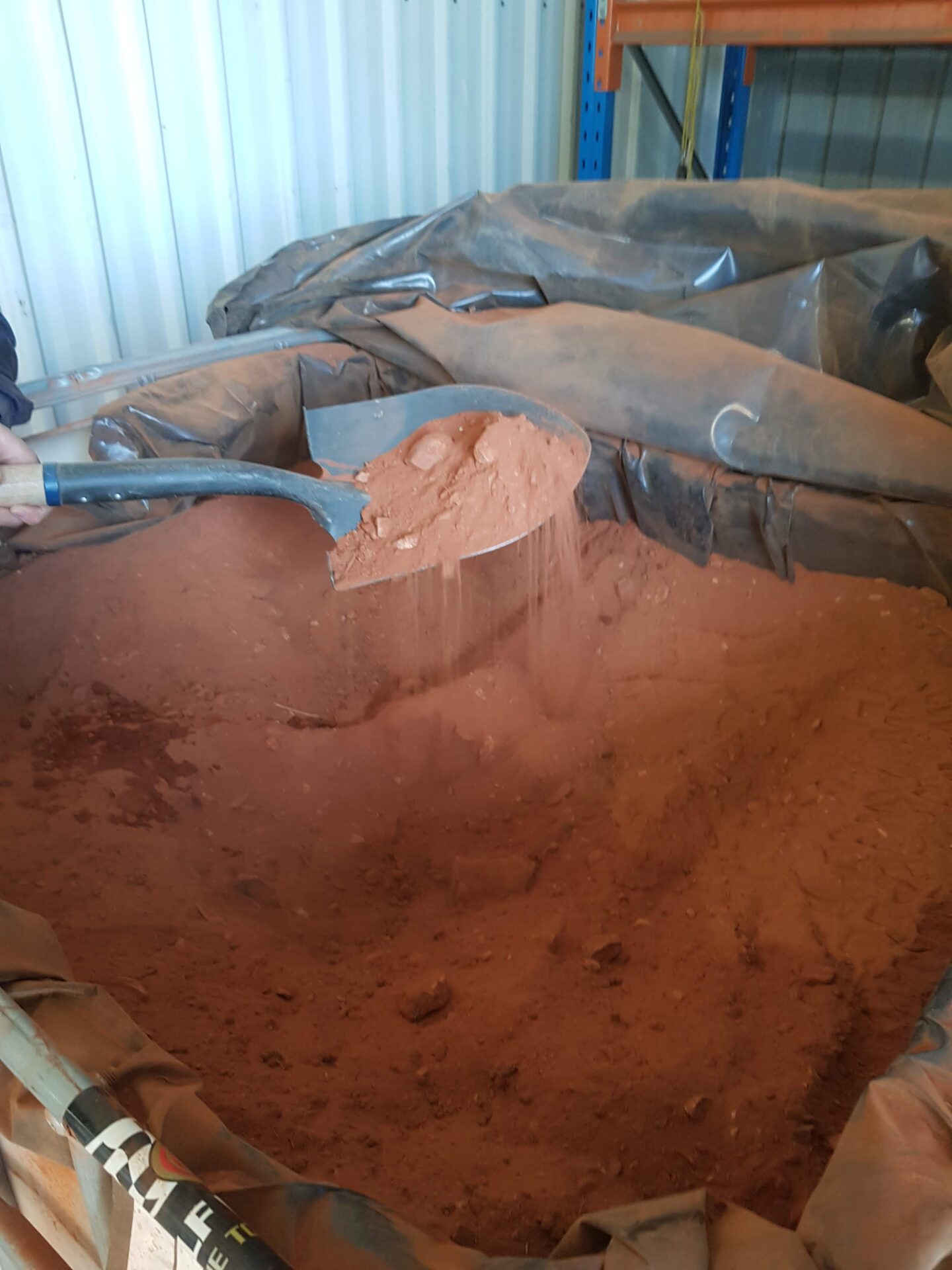Background
SGME was engaged for our expertise in mine closure and rehabilitation to assess the long-term stability of the tailings storage facility (TSF). The underground mine is situated near Cobar in central-western New South Wales. It produces copper, silver, gold, lead and zinc.
Objective
A government review identified that long-term stability of the TSF final landform had not been assessed. The absence of a thorough assessment poses a risk of adverse environmental impacts because landform failure could lead to contamination of the receiving environment. Erosion risks and long-term stability of the TSF final landform required evaluation to limit significant degradation to the landform, water management structures and receiving environment
Solution
Tailings management plays a significant role in the overall risk profile of mining operations. We applied industry best practices to ensure a safe, stable, erosion-resistant and non-polluting final landform was achieved, allowing our client to manage long-term stability and environmental impacts. SGME’s assessment involved determining and analysing erosion risk to limit degradation of significant landform and water management structures, thereby ensuring long-term stability and function.
We addressed the potentially acid-forming (PAF) nature of the tailings by proposing a cover to limit infiltration which is the primary transport mechanism for acid and metalliferous drainage (AMD). This recommendation was based on our geochemical assessment that classified tailings as PAF due to the presence of minerals such as quartz, muscovite, biotite and chlorite, and elements such as silver, bismuth, copper, lead, selenium and arsenic. The assessment indicated that some elements could leach from the tailings under acidic conditions, underscoring the need for an infiltration-limiting cover.
To ensure the TSF embankment’s stability and integrity, SGME proposed buttressing with non-acid forming (NAF) waste rock. This buttressing, consisting of at least 1.25 metres of NAF waste rock, would create a continuous slope. Additionally, SGME planned to maintain the concave profile of the tailings beach. Both the embankment and beach were to be covered with an infiltration-limiting cover designed to shed clean runoff to the receiving environment. These measures limit AMD and improve long-term stability of the TSF.
The outcomes of adopting our recommendations have been critical in ensuring long-term stability and functionality of the TSF. Environmental risks associated with erosion and surface water management have been addressed to ensure regulatory compliance. By addressing these problem areas through a structured approach, we have allowed our client to effectively manage long-term stability and environmental impacts of the TSF final landform, and to succeed in creating a sustainable outcome.
Applying our research, our experience and industry best practices enables SGME to play a significant role in solving geochemistry-based problems in the mining industry. Our in-depth understanding of the distribution of chemical elements in rocks and minerals, and absorption of these elements into soil and water, enable our clients to mitigate negative impacts on the environment. This underscores our unwavering stewardship and dedication to sustainable practices, and our goal of creating enduring value for the future.
